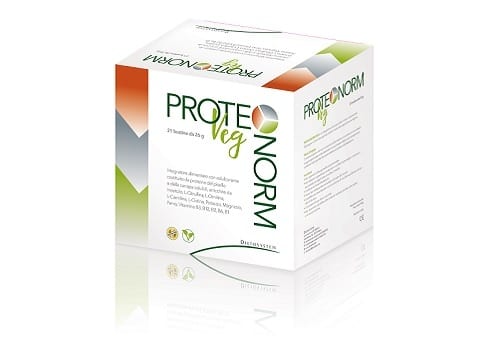Contents
Why protein?
- If the diet is low in protein, immunity decreases. Only a 25 percent shortfall in the daily dose reduces the body’s resistance to infections. Studies have shown that due to a lack of protein, less antibodies are produced that protect the body from infections, and there are fewer other cells actively involved in the immune system.
- Protein is the building block of the body. Protein is used to build cell membranes, vascular walls, ligaments, cartilage and tendons, skin, hair and nails. And, of course, own proteins – including enzymes.
- With a lack of protein, the absorption of certain vitamins and minerals deteriorates. Phosphorus and iron in the amount necessary for health can be obtained only from protein products, moreover, iron – only from animals.
- With a lack of protein, the condition of the skin worsens – especially at age
The most effective and low-calorie protein sources
| Product | Protein content (from the daily requirement) | Calorie value | |
Rabbit | 43% | 194kcal | |
Beef | 43% | 219 kcal | |
Mutton | 36% | 245kcal | |
38% | 373kcal | ||
Turkey | 33% | 153kcal | |
| 187kcal | |||
| Halibut | 34% | 122kcal | |
| Cod | 31% | 85kcal | |
Tuna canned вown juice | 38% | 96kcal | |
37% | 218kcal | ||
| Egg white | 19% | 48kcal | |
| Curd 5% | 35% | 145kcal | |
| Peanut | 43% | 567kcal | |
25% | 654kcal | ||
| Peas | 18% | 130kcal | |
| beans | 16% | 139kcal | |
6% | 131kcal | ||
22% | 307kcal | ||
| Textured soy product (“Soy meat”) | 70 – 80% | 290kcal |
These facts will help you make your choice and plan a meal:
- A chicken egg, in comparison with other products, contains the most complete protein, which is almost completely absorbed by the body.
- Meat is the most affordable source of complete protein in the required amount.
- Fish proteins are assimilated by 93 – 98%, while meat proteins by 87 – 89%.
- Vegetable products, with the exception of soy, do not have a complete protein composition “in one bag”. To get complete protein from plant foods, you need to constantly diversify it: that is, eat cereals, legumes, nuts every day (ideally, in combination with dairy products or an egg).
- Fish oil, unlike the fat of beef, pork, lamb, is a source of essential omega-3 fatty acids, so it may not be worth “saving” on it.
What about quality?
But that’s not all you need to know about proteins in order to properly formulate a diet. First, proteins have a different composition. Secondly, they are all assimilated in different ways.
Proteins are made up of amino acids, and we are interested in those amino acids that are called essential. Others we ourselves can synthesize, and these – only receive with food. To assess the protein usefulness of each product (that is, how well and balanced essential amino acids are presented in it), the so-called protein utility factor (CPB) is used. The coefficient also takes into account the second factor in addition to the amino acid composition – how well the proteins from a particular product are absorbed in the body. Since 1993, the Protein Utility Factor has been used by WHO and the Food and Agriculture Organization of the United Nations to assess product quality.
Most Efficient Protein Sources
| Product | CPB | |
| Egg | 1,00 | |
| Milk | 1,00 | |
| Curd | 1,00 | |
| Soy protein powder | 0,94 – 1,00 | |
| Turkey | 0,97 | |
| Salmon family fish | 0,96 | |
| Beef | 0,92 | |
| Chicken | 0,92 | |
| Rice / oatmeal with milk | 0,92 | |
| beans | 0,68 | |
| Buckwheat | 0,66 | |
| Peanut | 0,52 | |
| Corn | 0,42 |










